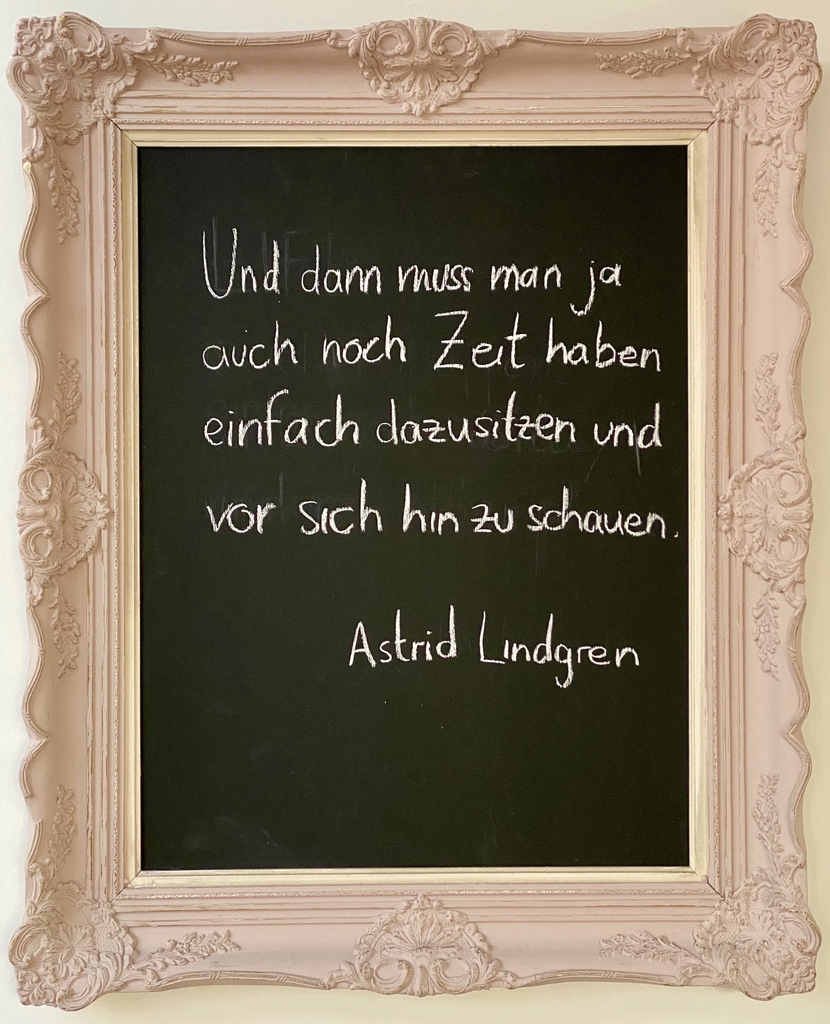Less working hours lead to more and better results. What may sound absurd has recently been impressively demonstrated by Microsoft in Japan. In August, all 2,300 employees had five Fridays off – with the same salary, mind you. The result of this experiment were happier employees and 40% more productivity. More working time does not automatically lead to more or better results in knowledge work. Nevertheless, the culture in many organizations is characterized by the simple formula “more attendance = more work = more performance = more career,” as Cawa Younosi, Head of Human Resources and member of the Executive Board of SAP Germany, put it in an interview on the change in values regarding working time. So it’s high time to correct this formula in our minds and unleash people’s creative potential through a better balance between focus and idleness.
Work a short time, rest well and learn a lot.
Takuya Hirano, Microsoft Japan president and CEO
Microsoft’s experiment is not an isolated case. Similar results are reported by Lasse Rheingans, who successfully introduced the five-hour day at the same salary in his agency in his new book “Die 5‑Stunden-Revolution: Wer Erfolg wollen, Arbeit muss neu denken” (Amazon Affiliate-Link).
In recent years, brain research has clearly shown that our brain has no pause function. It is always busy – or dead. However, it has two different working modes: concentrated attention on the one hand and what is called the Default Mode Network on the other. Although the brain is not working focussed and actively on a problem in this mode of relaxation, it is nevertheless very productive, in that it creates the connections for creative solutions in the subconscious. And that’s why the decisive ideas don’t come in meetings and not when we make a particularly long and hard effort, but only sometime later while ironing, showering or driving a car. Less is more.

So it happened to Archimedes. He had been ordered by King Hieron II of Syracuse to find out whether his crown was really made of pure gold or whether the goldsmith had cheated him by removing gold and adding the same weight of silver. After a long period of fruitless consideration, Archimedes climbed into the bathtub, which was filled to the brim and spilled over. At that moment Archimedes realized that the volume of the submerged body corresponded exactly to the displaced water and that he thus could measure the volume of any irregular object. This realization hit him so surprisingly that he allegedly ran out on the street naked as he was while shouting “Eureka!” (“I’ve found it!”). The crown was actually not made of pure gold, because it displaced more water than an equally heavy pure gold bar and thus was of lower density. What happened to the goldsmith is not known.
The right balance of tension and relaxation, the interplay of concentration and detachment makes the difference. Therefore the equation that more concentrated work in the office leads to more or better results is no longer valid for knowledge work. It is all a question of the right degree and how much is too much. However, our current yardstick in most organizations still comes from the industrial age in which this simple equation was valid. But knowledge work and creativity are different and therefore they need a different yardstick and better conditions to be effective. And nobody has summarized this better even without brain research than Astrid Lindgren (which is why this quotation is displayed very prominently in our home):

Questioning and improving the framework conditions, as Microsoft, SAP and Lasse Rheingans do, is a consistent and overdue step. The standard working day of 8 hours plus x in an open-plan office or, even worse, in non-stop meetings (which Microsoft limited to a maximum of 30 minutes in the experiment) is far beyond acceptable and beneficial levels. Our working world is too one-sidedly optimized for focused work and too little for idleness and daydreaming. In knowledge work, however, it is not this seemingly unproductive idleness that is a waste, but rather its absence! Less is more.
On the one hand. But on the other hand, we are all to blame for this because of our use of technology and especially of the smartphone. Where there used to be idle time in the past, in the train, waiting at the checkout, in the subway and when going to the toilet, every little idle time now is immediately filled with the never-ending stream of news and information on our omnipresent smartphones. Archimedes couldn’t come to his realization today, because he would be busy posting a selfie of himself in the bathtub on Instagram, or upsetting himself on Twitter that his water had overflowed and was much too cold by the way.



